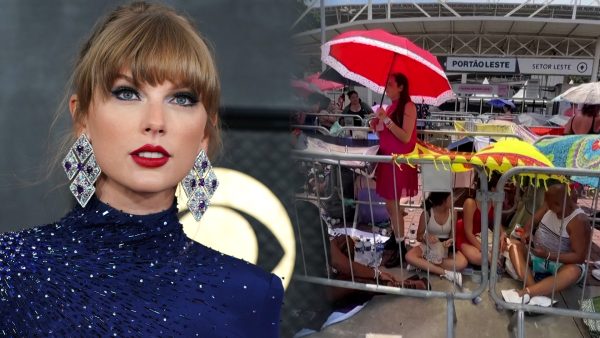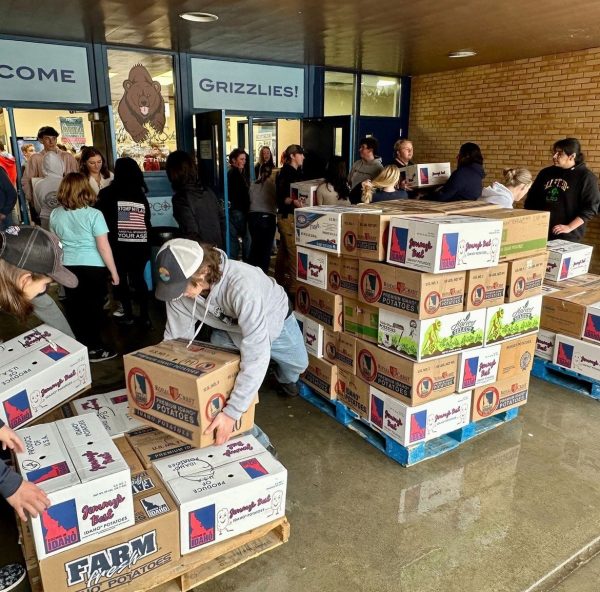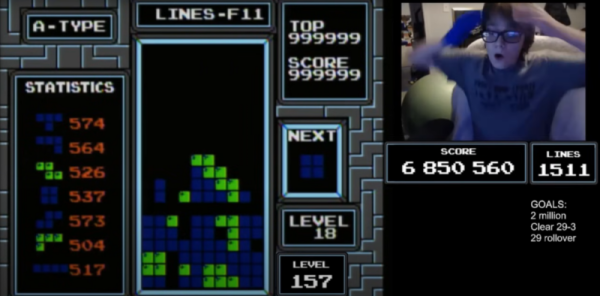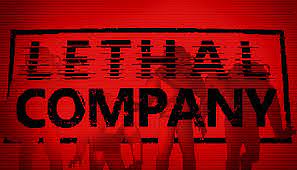The History of Men’s Clothing
Looking back into the past, there have been so many distinctive styles of fashion, so many iconic looks. The flappers from the 1960’s, the large gowns of the 1700’s with a lace-up front, the scene kids from the very beginning of the 2000’s. However, when I think about fashion from the past, I usually think about women’s fashion or gender-neutral fashion. So, I thought it’d be interesting to take a look at men’s fashion through the ages. What was considered fashionable and manly back then? How does it compare to now? Obviously this article won’t be able to cover every fashion style, but it’ll hit some of the bigger ones.
Way back in the medieval times, back in Europe, men wore loose clothing. They were naturally coloured and around hip-length, fastened by the waist with a drawstring. Over the simple shirt, they wore coloured tunics. They were made of wool or linen, usually wearing a surcoat over top. To complete the look, men wore a pair of hose. These pants were very ill-fitted, people didn’t really care about fashion much back then, their clothing was not adorned with any decorations, and if there was any, it was simple embroidery. Of course, fashion doesn’t end with clothes. Hair and facial hair really didn’t have any specific trends. Hair was either short or long. Facial hair depended on the man, some chose to go without any.
By the 1400’s men started wearing tight hose in place of their loose ones. Their shirts were silk and frilled, they wore tunics over top. Often, men would have their clothing be striped. The purpose was to kind of accentuate the masculine figure. Older men wore similar clothing, but they wore long robes or gowns overtop, opened in the front. Their hats sat tilted over their long flowing hair. The hats were decorated with brooches and/or feathers. They were generally made of velvet.
Eventually the colourful designs of the 15th century sputtered out of fashion and darker clothes took over men’s wardrobe. By the 1500’s, men traded had out their light fabrics for heavier, bulkier ones that hid their figure. Tunics, called doublets, had knee-length skirts, opened in the front. Their hose stayed Their outer-wear consistent of velvet gowns. The sleeves were padded and the collar was fur. The men wore broad-toed boots. Men still liked to wear velvet hats, worn at an angle. However, they were flat, and less adorned as in earlier years. Hair styles had also changed dramatically. Men cut their hair short the trend for facial hair was a simple small beard.
The early 1600’s was a time where fashion thrived. Everything was bright colours and jeweled. There was lace, beautiful patterns, and embroidery. The clothing was very much not made for comfort, more to show off how rich a person was. Men took to wearing doublets that were fitted at the waist, buttons lined the front. Men discarded their skirts, instead going for a more pant-like option. Their breaches were mid thigh. They were loose, but tight near the ends with a waistband and thigh bands. Underneath they wore stockings made of silk. Men wore a more form-fitting, slipper-like shoe. To top it all off, they wore a variety of capes.
Later into the 17th century, men started wearing platformed, leather, heeled boots rather than the former slippers. They had large buckles decorating the tops. Their hats, although a very different shape, had returned to being decorated with large plumes. They were felt or velvet. Doublets were traded out for hip-length coats. Their breaches were longer than before, tied knee length with ribbons or sashes. The hairstyle of the time was long and natural. It spilled down the men’s backs and over their shoulders freely. This style eventually evolved into men wearing a slightly more decorated, colourful version of it. This new style included the ever-famous curly wigs.
In the 1700’s men started to wear less brightly coloured clothing, with less velvet and more average fabrics. There was less decoration on their clothing and the suits became more form-fitting. Wigs slowly became less elaborate as well. The ever-famous powdered wig was worn in this time period. This didn’t really change by the 1800’s, with men’s clothing consisting of knee-length breeches, stockings, and tailcoats.
The 1900’s had many different fashion trends. At the very beginning of the century men wore three piece suits when they weren’t dressed for work. The suits consisted of a jacket and trousers with a waistcoat or a vest. The shirts were typically white with high collars. They accessorized with bowler hats or derby hats along with neckties. Beards weren’t in style but mustaches that were curled at the end were iconic to the time. In the roaring twenties men started wearing less formal clothing. They moved on to cuffed pants and more casual, flannel jackets. They also sometimes wore simple button down shirts and lightweight sweaters. The shirts oftentimes were very colourful with patterns, though mainly the colours were pastel. If men were to wear clothing that was a bit less formal, they might have worn a bow tie, as they became popular around the time.
After the 20’s and through the 40’s fashion became less of a focus but one iconic piece of clothing was created: the zoot suit. In the 50’s mens clothes stayed somewhat the same, the main difference being that the shirts lost their patterns.
The 60’s introduced a lot of gender neutral clothing such as denim jeans and leather jackets. Some men wore tight t-shirts, distressed jeans, and had their hair slicked back (the “greaser” look). The hipster style also took flight. Hippies mainly wore loose, layered clothing and handmaid accessories, along with bell bottomed jeans and a lot of fringe. Floral and tie dye were popular patterns in the community. Since the look the hippies went for was all about nature, they let their hair grow out long, male and female alike.
The 70’s also had a variety of unisex clothing. A popular look among everybody was tight tops and loose-fitting pants (blue jeans were a big staple of the time). Some other popular clothing at the time included pleated pants, chunky sweaters, and sports jackets. As for colours, the common people were back to wearing them bright and bold.
In the 80’s, men started to wear loose clothing, unlike in the previous decade. They wore very comfortable clothes. A lot of it was sportswear. Men preferred to wear sweatshirts, sweatpants, and sneakers; single-handedly raising Nike sales and launching them into world-wide success.
There were a couple of looks that were iconic to the 20th century. Parachute pants became a thing for a while. A famous trend for the younger generation of the time was the grunge style. Grunge included a lot of clothes that were considered to be anti-fashion. The colours were dark: brown, grey, maroon, etc. The clothing itself consisted of stone-washed jeans and flannel shirts. The choice of footwear was Doc Martin’s or any other type of black leather boots. Punk styles also became more popular and mainstream. It included spiky hair, skater shoes, and above all: the colour black.
The 21st century has already had many memorable fashion trends, even if some are seen more online than in person. E-boys, soft boys, and VSCO boys have all already become very iconic fashion trends for the time. Mullets even made a comeback, whether people like the fact or not. It’s exciting to see what new will come out of the century.
Men’s fashion has changed a lot over the decades, and our idea of men’s clothing was very different than it was back then. It’s crazy how our concept of “men’s clothing” has been around for such a short period of time. For the longest time men just wore skirts and frills. However, fashion changes constantly and trends repeat themselves. So, who knows what will happen next? Maybe one day men will return to their tights and long robes. Until then, we will just have to wait and see.
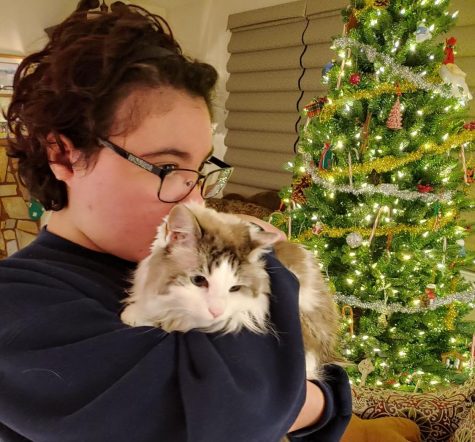
I am a senior at Skyline High School, born in Mississippi and raised in Idaho Falls. Despite constantly jumping from one obsession to the next, writing,...



